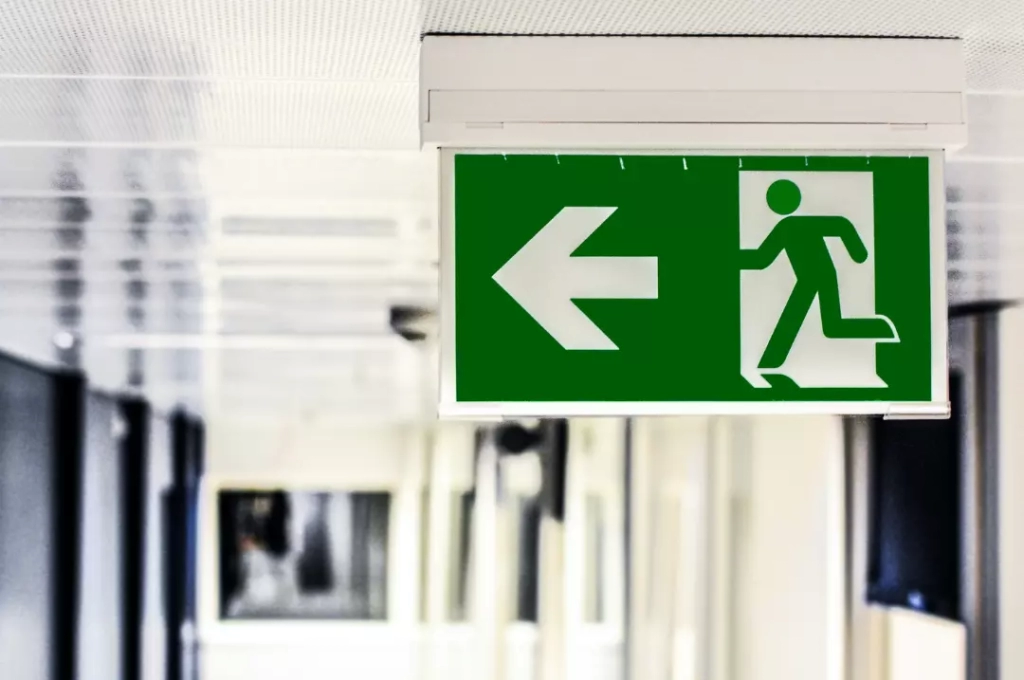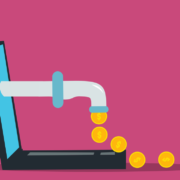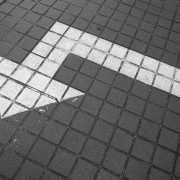How much emergency fund should I have?
Table of Contents
ToggleLife is unpredictable. Unexpected events like job loss, medical emergencies, or natural disasters can throw your finances into disarray. That’s why having a strong emergency fund is essential for Australians.
At Wealth Factory, we’ve helped countless clients navigate financial uncertainty by building robust safety nets. In this blog post, we’ll share our expert insights on how much emergency fund you should have, tailored to the unique circumstances faced by Australians.
Whether you’re just starting your financial journey or looking to improve your financial resilience, this guide will equip you with the knowledge and tools to build peace of mind and financial security.
Rule of Thumb: 3-6 Months' Living Expenses
Financial experts often recommend aiming for an emergency fund that covers 3-6 months’ worth of your living expenses. This rule of thumb serves as a helpful starting point, but it’s important to remember that the ideal amount for you depends on various factors specific to your circumstances.
Here’s a quick breakdown of how this rule translates to Australian households:
- Single person with no dependents: Aim for 3-4 months’ worth of expenses, assuming you have a stable income and minimal debt.
- Couple with one income earner and young children: Consider 6 months’ worth of expenses to provide a larger buffer for potential childcare needs or income disruptions.
- Self-employed individual with fluctuating income: 6-12 months’ worth of expenses would be a prudent goal to cover potential periods of low income.
Remember, this is just a general guideline. We encourage you to carefully analyse your individual situation and personalise your emergency fund target accordingly.
Factors to Tailor Your Emergency Fund
While the 3-6 month rule offers a valuable starting point, individual circumstances can significantly impact your ideal emergency fund size. Here are key factors to consider when tailoring your target:
Income Stability
- High stability: Enjoying a stable income, such as a secure government job or long-term employment, allows for a more flexible approach to your emergency fund. Aiming towards the lower end of the 3-6 month range may be sufficient.
- Low stability: If your income fluctuates due to freelance work, seasonal employment, or business ownership, consider a larger buffer. 6 months or even exceeding that amount may offer greater peace of mind.
Debt
- Significant debt: Large mortgages, car loans, or other outstanding debts necessitate a more robust emergency fund. A longer runway of 6 months or even 12 months can help manage potential debt obligations during unforeseen circumstances.
- Minimal debt: Smaller debt loads provide more flexibility in your emergency fund planning. This may allow you to prioritise other financial goals, like saving for a home or retirement.
Dependents
- Young children: With children’s expenses factored in, an emergency fund should be able to cover childcare, school fees, and potential health needs. Consider leaning towards the higher end of the 3-6 month range or exceeding it if needed.
- No dependents: Having fewer dependents reduces the overall financial burden and allows for a smaller emergency fund. This may free up resources to focus on other financial priorities.
Lifestyle
- High cost of living: If you live in a city with a high cost of living, your monthly expenses will be significantly higher than someone in a regional town. This translates to a larger emergency fund requirement, potentially exceeding 6 months’ worth of expenses.
- Low cost of living: Residents of regional areas or those with a more frugal lifestyle may have lower living costs. This allows for a smaller emergency fund, potentially within the 3-4 month range.
Access to Additional Resources
- Family support or credit lines: Having access to reliable support in case of emergencies may allow for a smaller emergency fund. However, it’s crucial to have a solid backup plan even if this support is available.
- Limited resources: If you have limited access to family support or credit, a larger emergency fund becomes even more essential. Aiming towards the upper end of the 3-6 month range or exceeding it can provide greater financial security.
Remember, these are just factors to consider. Your individual financial situation is unique, and the ideal emergency fund size will vary. Consulting a financial advisor can help you tailor your emergency fund strategy to your specific needs and goals.
Calculating Your Living Expenses: Building Your Financial Safety Net
Now that you understand the factors influencing your emergency fund target, it’s time to get down to the nitty-gritty: calculating your monthly living expenses. This step is crucial to determine how much you need to save to achieve your desired financial security.
Here’s a step-by-step guide to calculating your monthly living expenses:
Gather your financial statements
Collect your bank statements, credit card statements, bills, and receipts for the past 3-6 months. This will give you a comprehensive overview of your spending habits.
Categorise your expenses
Separate your expenses into two categories: fixed expenses and variable expenses.
Fixed expenses: These are recurring costs that remain relatively constant each month, such as:
- Rent or mortgage
- Utilities (electricity, water, gas)
- Groceries
- Transportation (including car payments, insurance, and public transport fares)
- Phone and internet bills
- Minimum debt payments (e.g., credit card minimums)
Variable expenses: These are costs that fluctuate from month to month, such as:
- Dining out
- Entertainment
- Clothing
- Personal care
- Hobbies
- Subscriptions
Calculate your monthly average
For each expense category, add up the total amount spent over the past months and divide by the number of months. This will give you the average monthly cost for each category.
Consider discretionary expenses
These are expenses that aren’t essential for survival but add to your lifestyle, such as gym memberships, travel, or streaming services. While not mandatory for your emergency fund calculation, understanding these additional expenses provides a holistic picture of your overall spending.
Tools for tracking expenses
Budgeting apps like Pocketbook or MoneyBrilliant can simplify the process of tracking your expenses and generating spending reports. Alternatively, you can use a simple spreadsheet to manually record and categorise your expenses.
Remember, accuracy is key! The more accurate your calculations, the better you can estimate your emergency fund target and plan your savings accordingly.
Building Your Emergency Fund: Practical Strategies for Australians
Now that you’ve determined your target emergency fund amount, it’s time to roll up your sleeves and start building it. Here are some practical strategies to help you reach your financial safety net goals:
Set a realistic goal
Don’t try to save everything at once. Start with a manageable goal, even if it’s just a small amount each week or month. Gradually increase your contributions as your income grows or your financial situation improves.
Automate your savings
Make saving automatic by setting up recurring transfers from your checking account to your emergency fund account. This ensures consistent progress and eliminates the temptation to spend the money elsewhere.
Trim your expenses
Analyse your spending habits and identify areas where you can cut back. Consider reducing unnecessary subscriptions, dining out less, or finding cheaper alternatives for your daily expenses. Even small changes can free up resources to allocate towards your emergency fund.
Explore side hustles
Generating additional income through side hustles can significantly accelerate your emergency fund growth. Consider options like freelance writing, online tutoring, or selling handmade crafts.
Utilise government benefits
If eligible, take advantage of government benefits like the Family Tax Benefit or Rent Assistance. These can provide additional financial assistance and free up resources to contribute to your emergency fund.
Optimize your savings account
Choose a high-yield savings account to maximise the return on your emergency fund. This ensures your money grows over time while remaining readily accessible in case of an emergency.
Review and adjust
Regularly review your emergency fund amount and make adjustments as your circumstances change. For example, if you get married, have children, or experience a significant income increase, you may need to adjust your target accordingly.
Remember, building an emergency fund is a marathon, not a sprint. Be patient, stay disciplined, and celebrate your progress along the way. By following these strategies, you can build a robust safety net and achieve financial security for yourself and your loved ones.
An emergency fund is the cornerstone of financial security for Australians. By understanding your individual needs, calculating your living expenses, and implementing strategic savings plans, you can build a robust safety net to weather unforeseen circumstances.
At Wealth Factory, we are passionate about empowering individuals and families to achieve their financial goals. We encourage you to take the first step towards financial security by starting to build your emergency fund. Remember, it’s never too early or too late to prioritise your financial well-being.
If you need personalised guidance or have questions about your emergency fund strategy, contact Wealth Factory today. Our team of experienced financial advisors is committed to helping you achieve financial peace of mind and build a brighter future.









